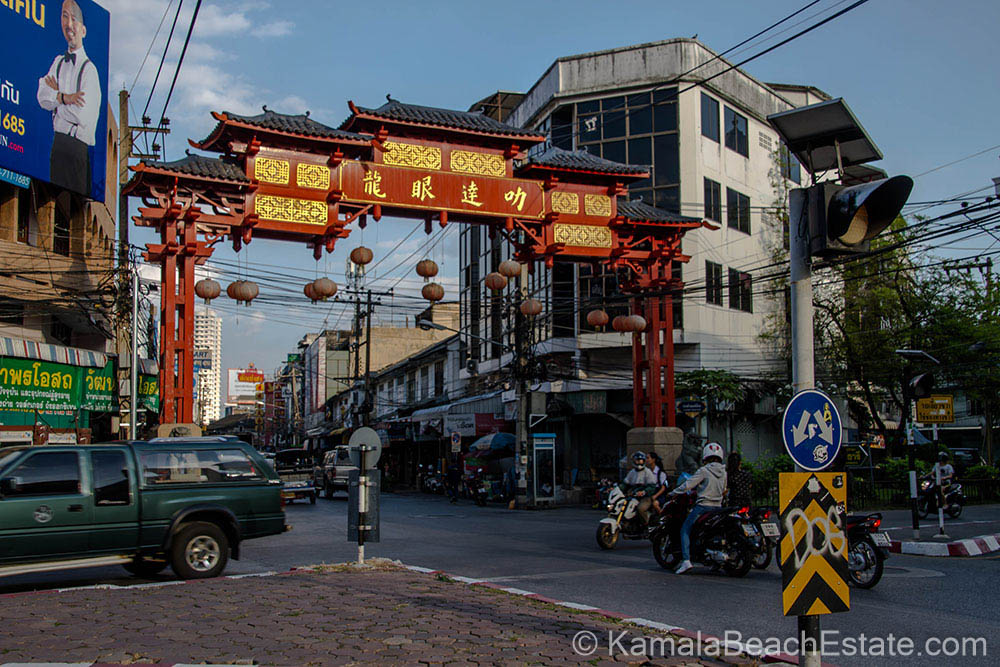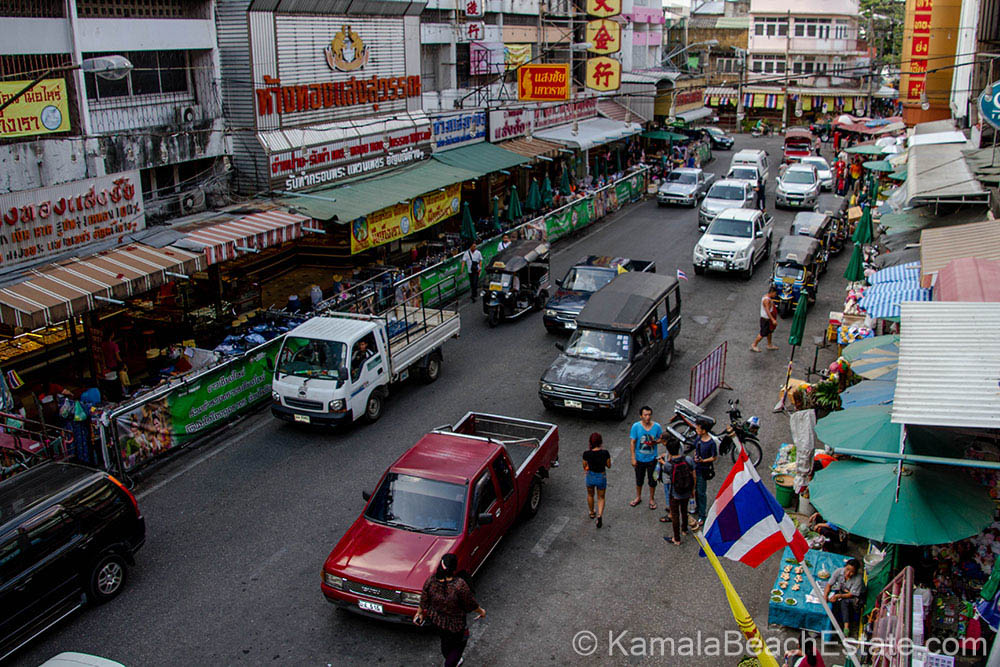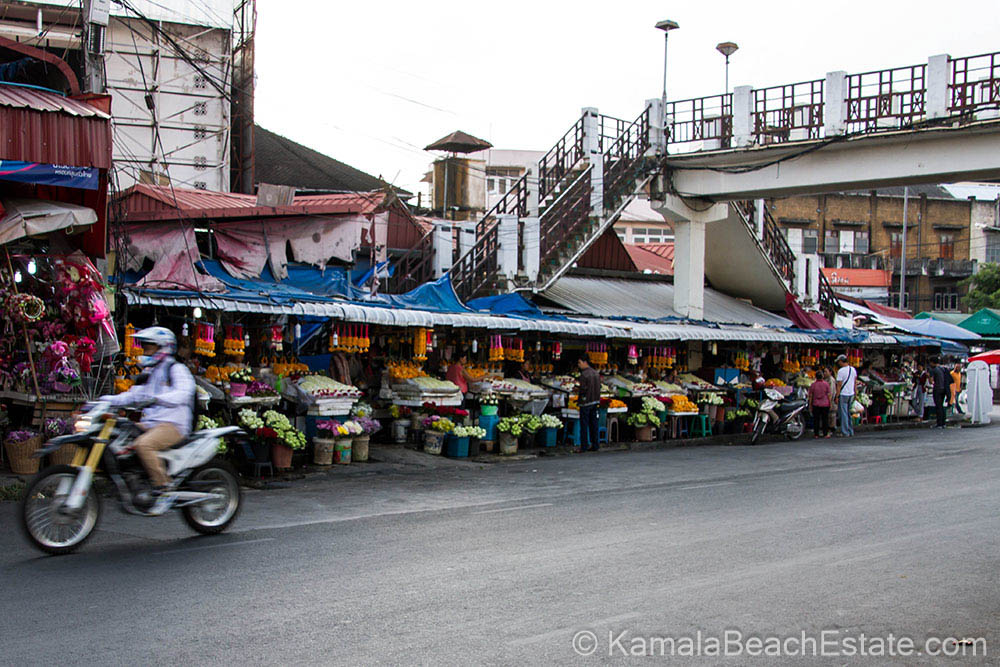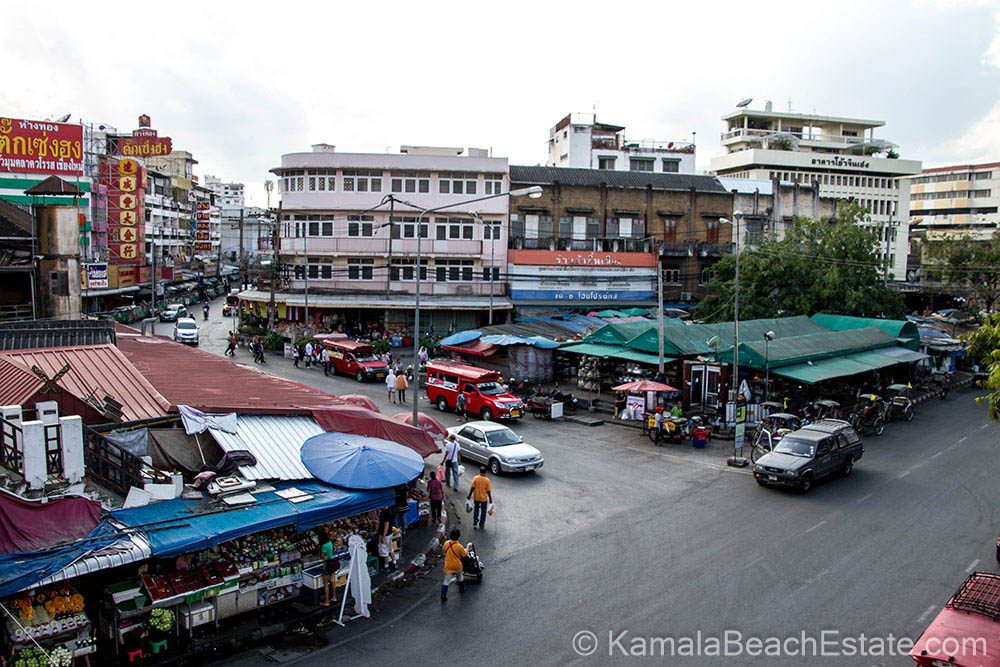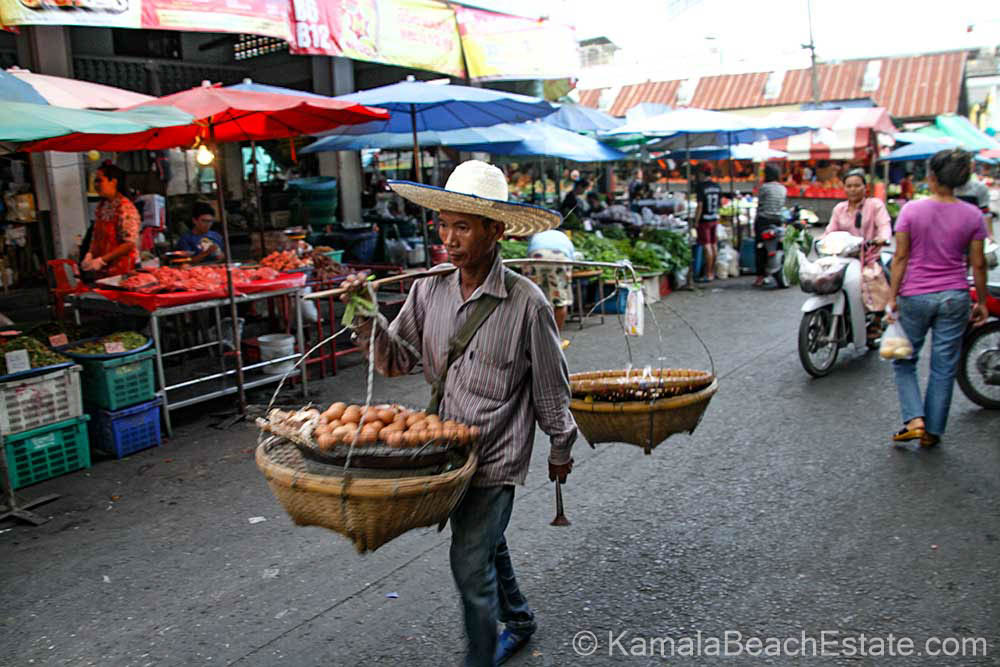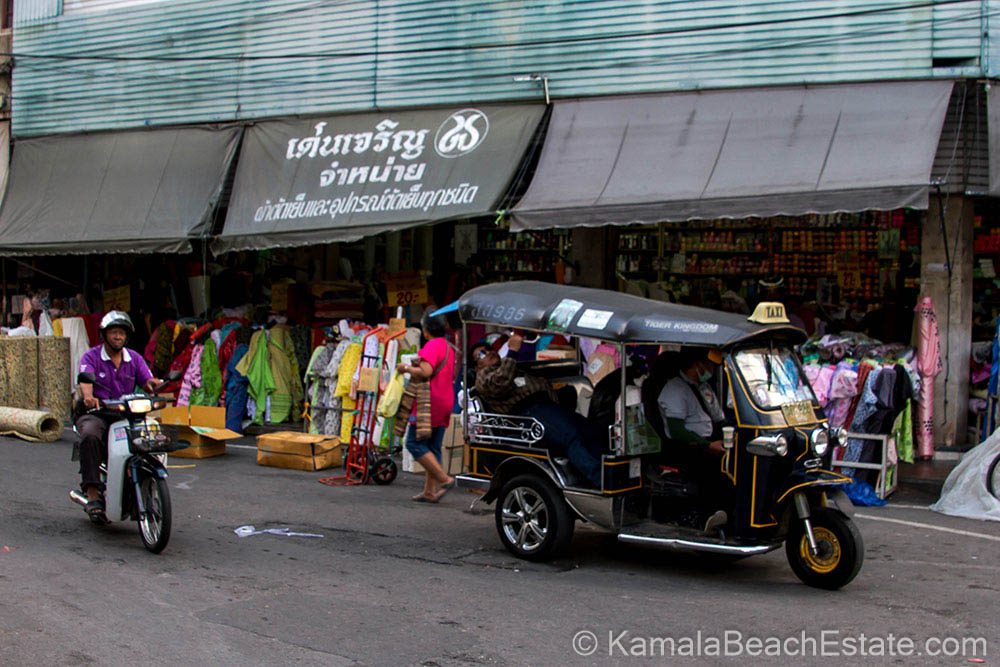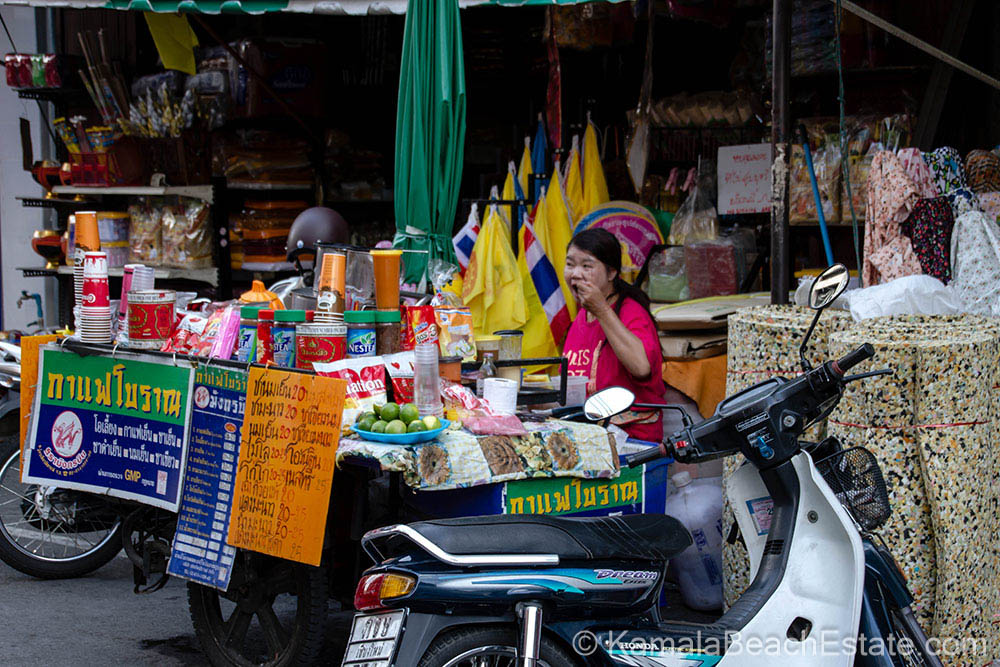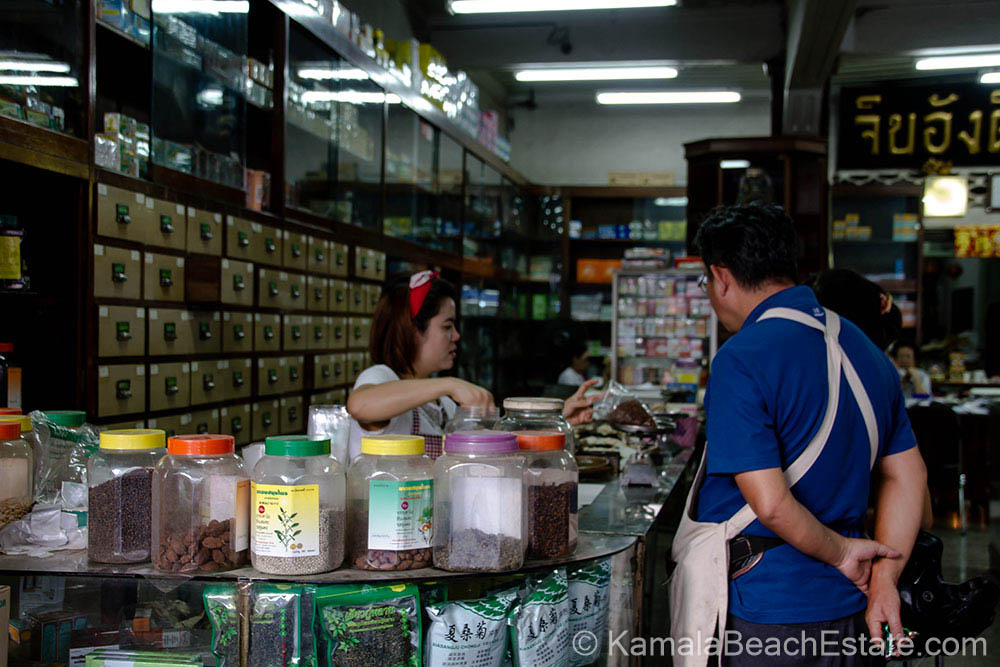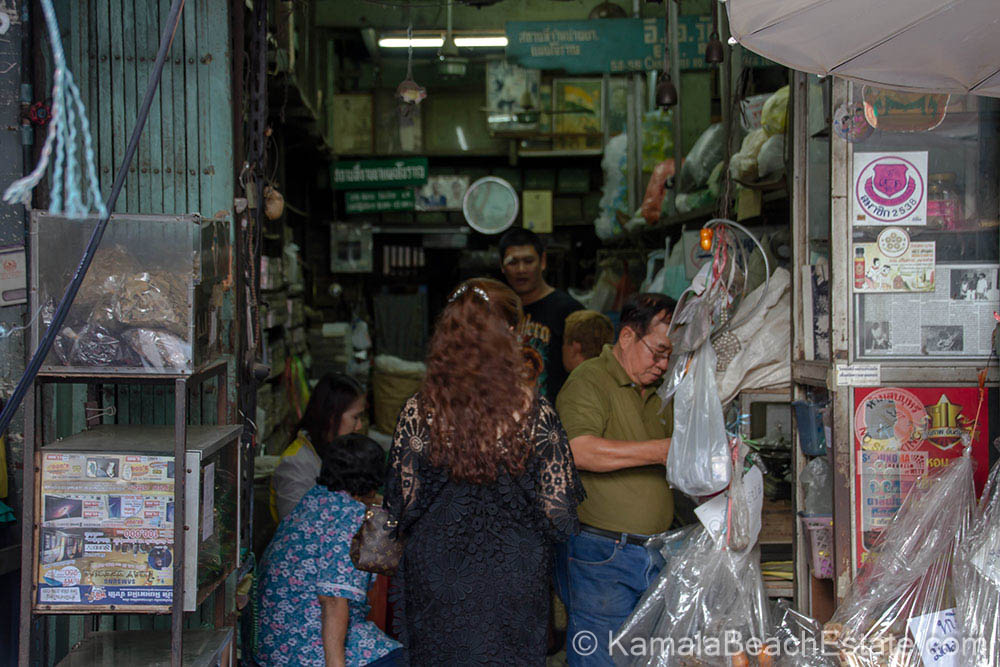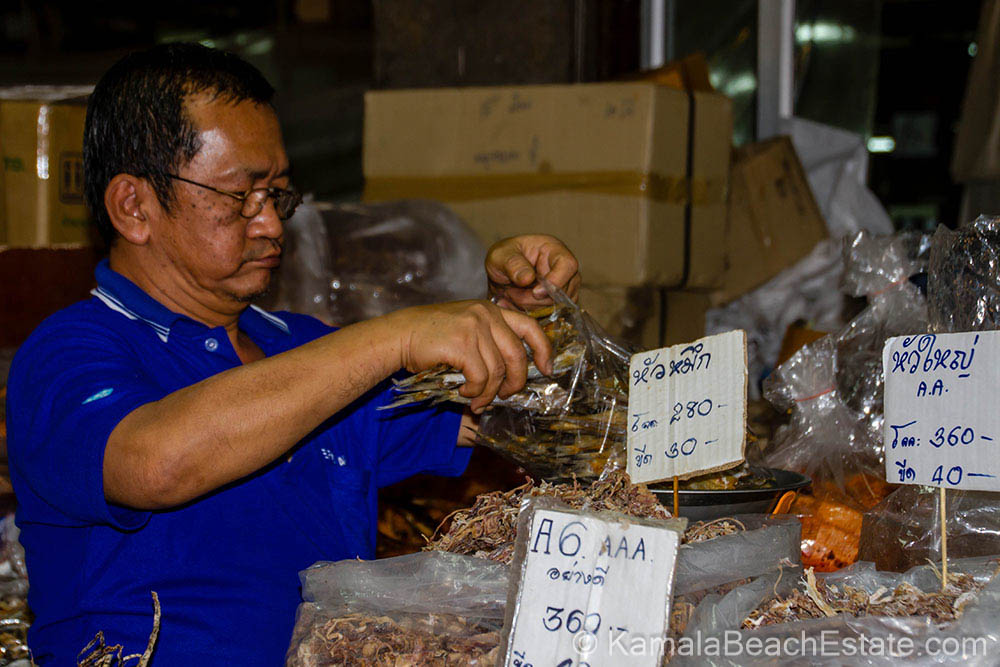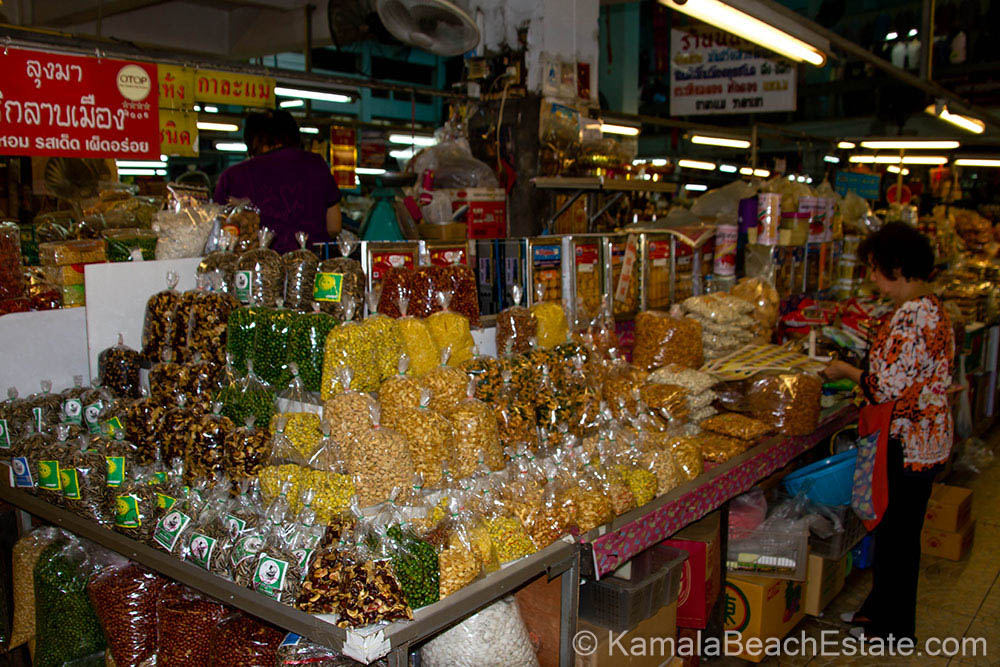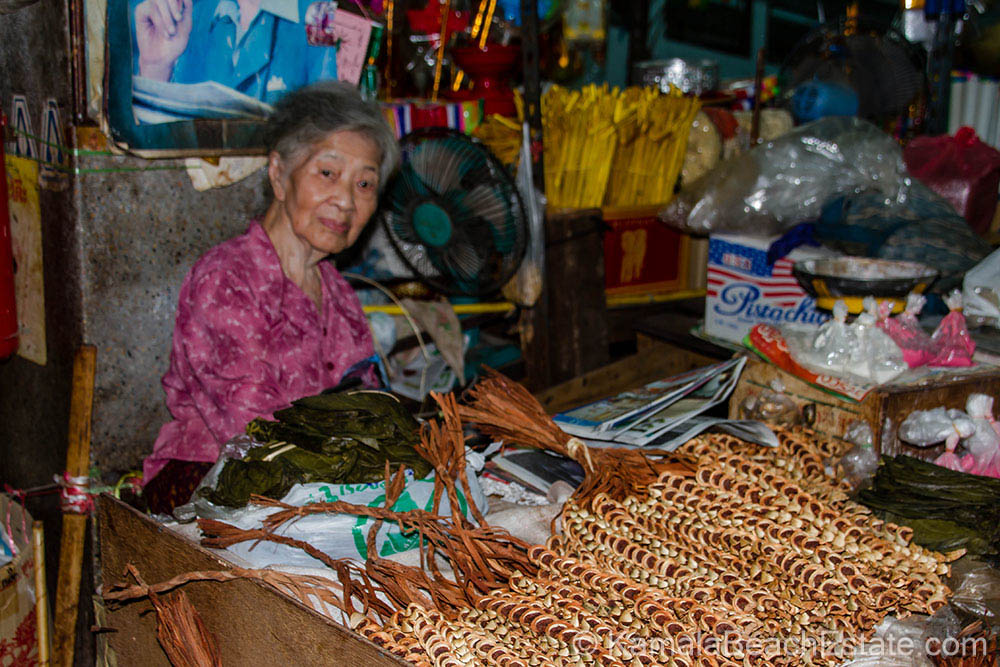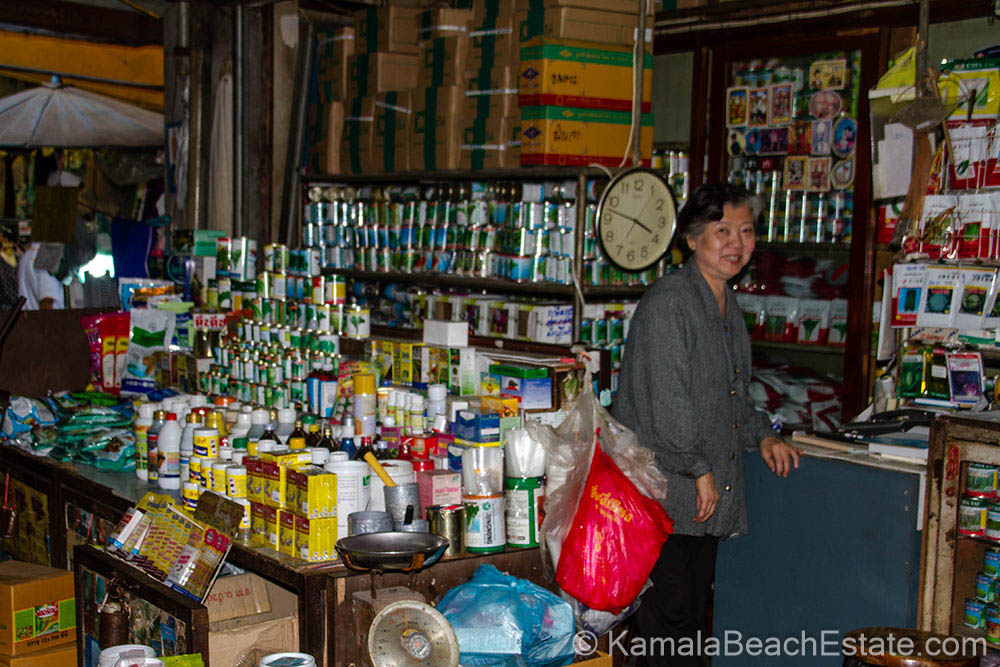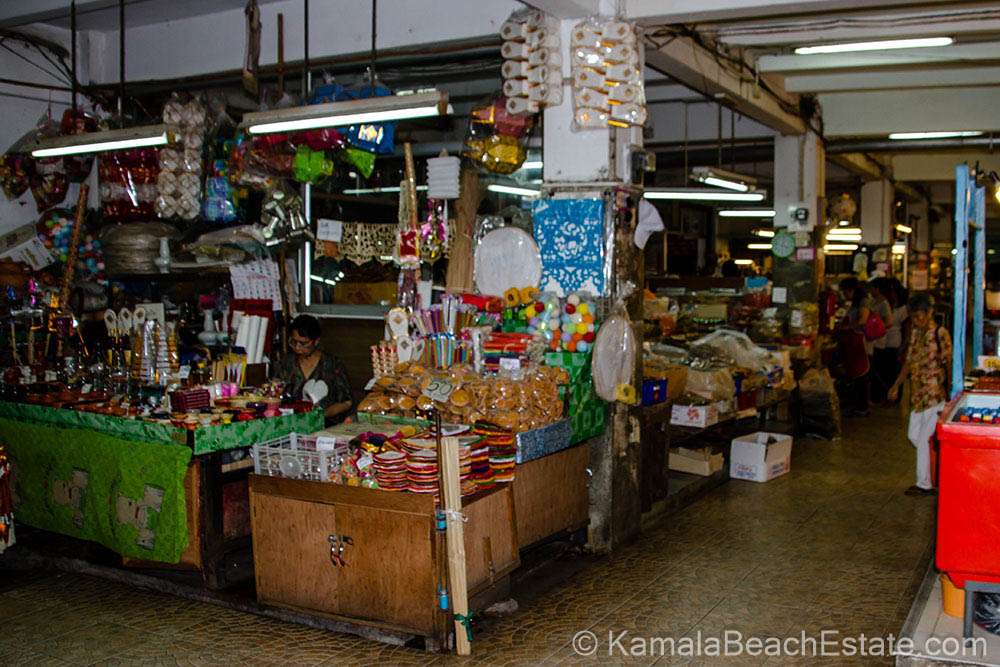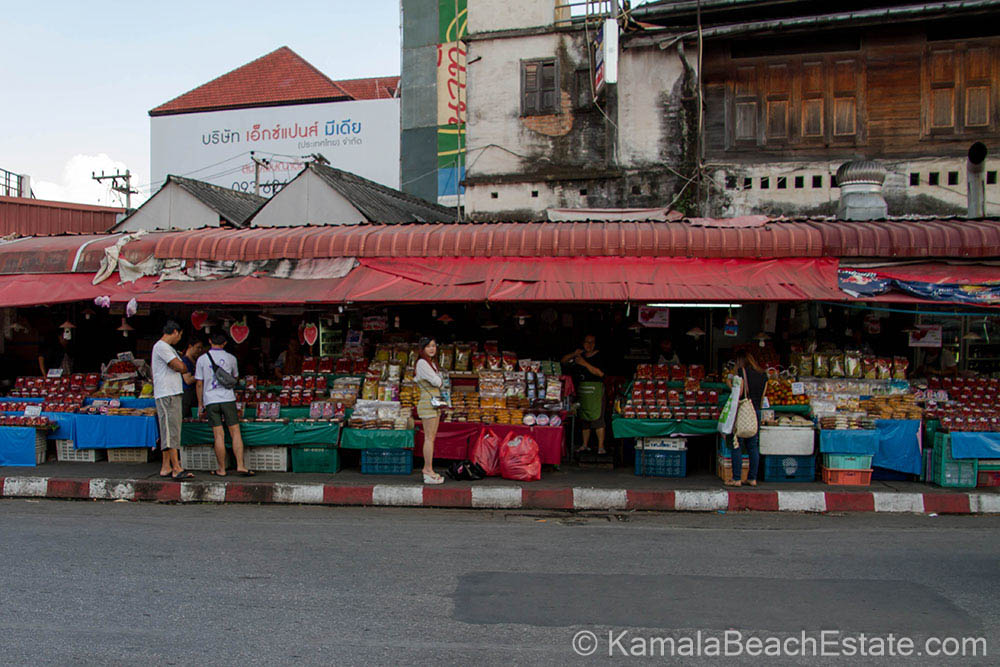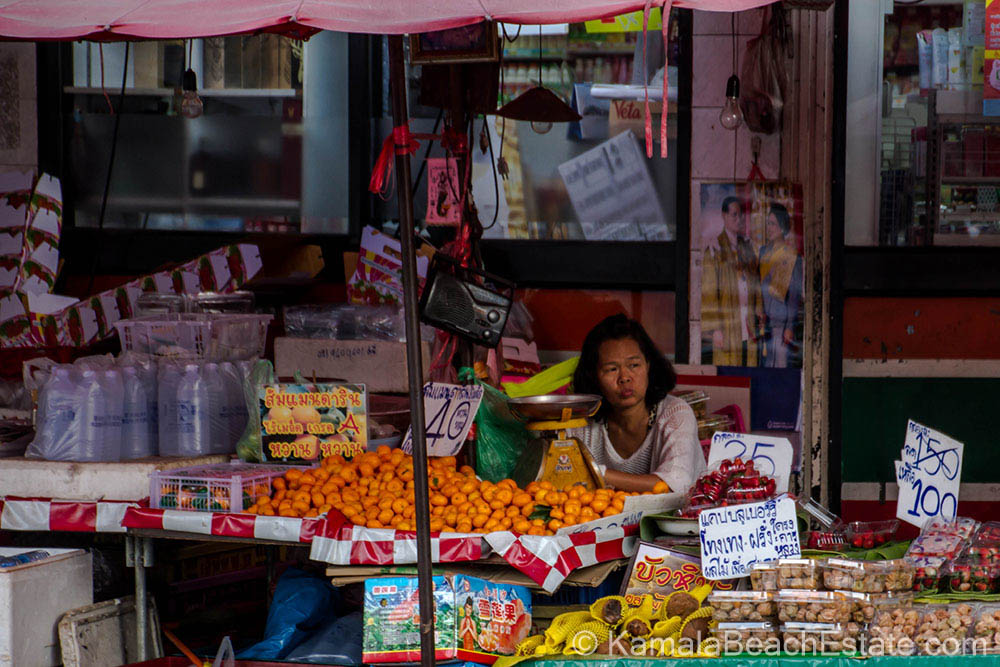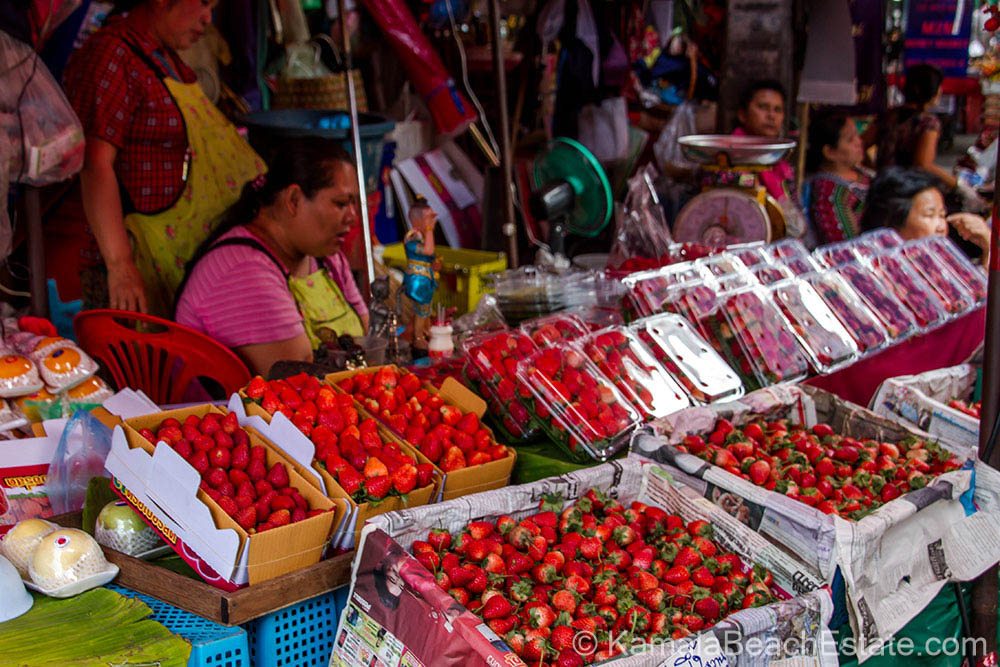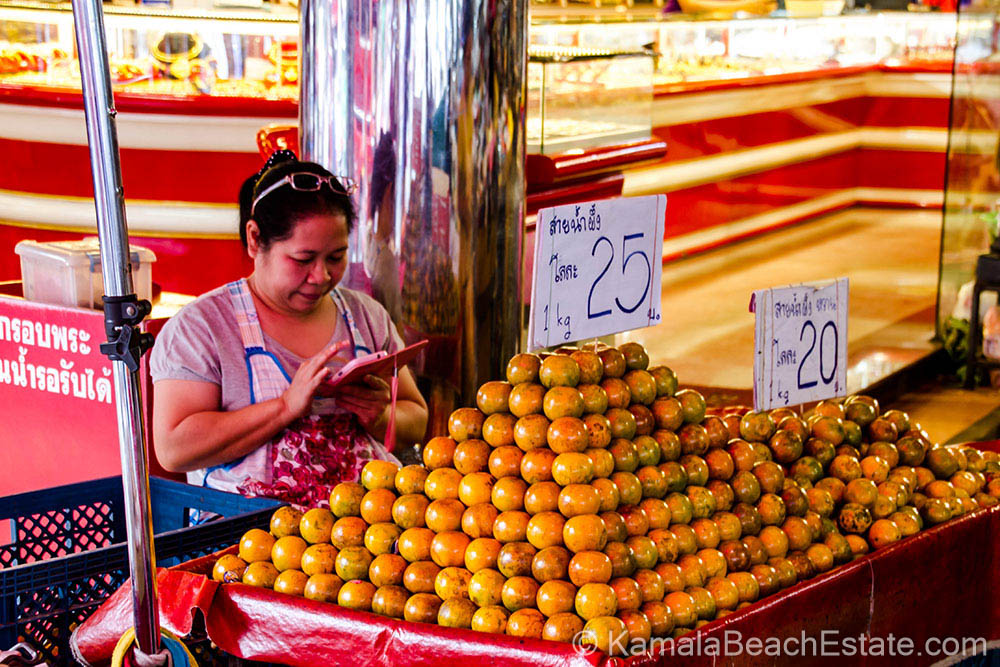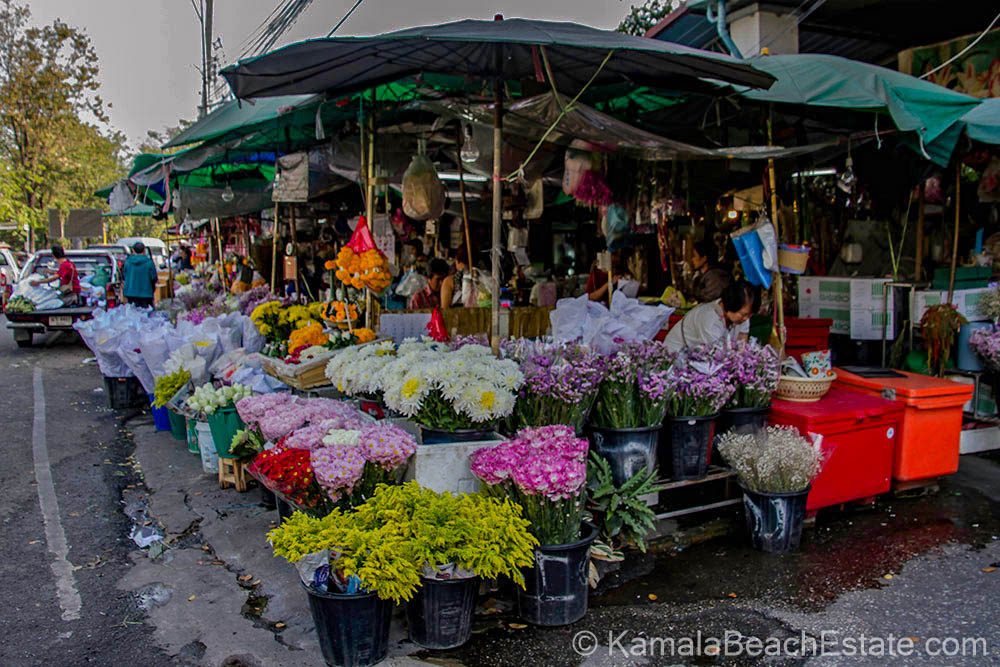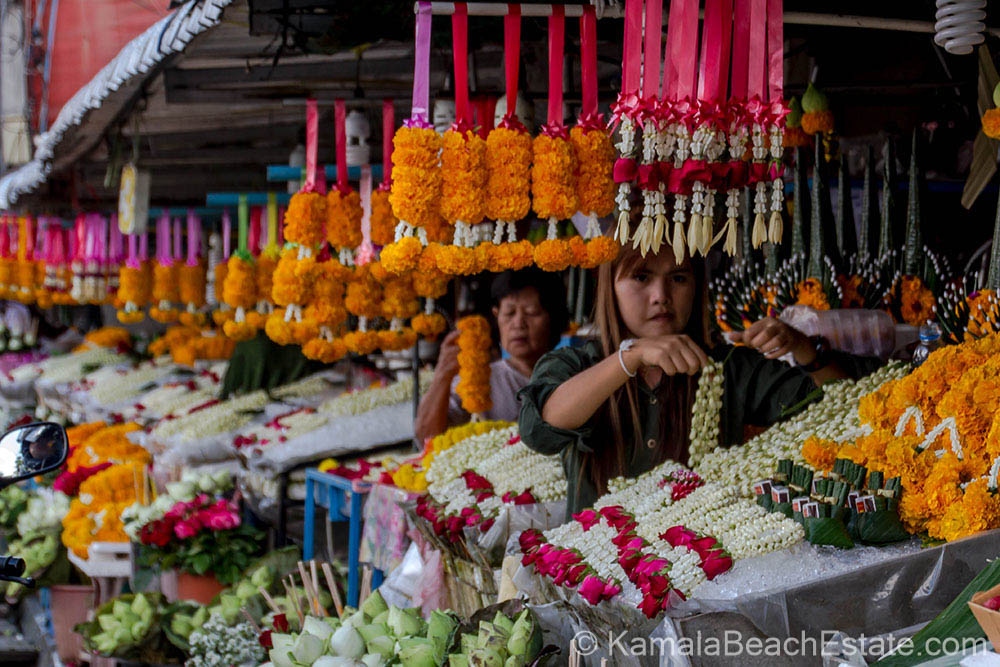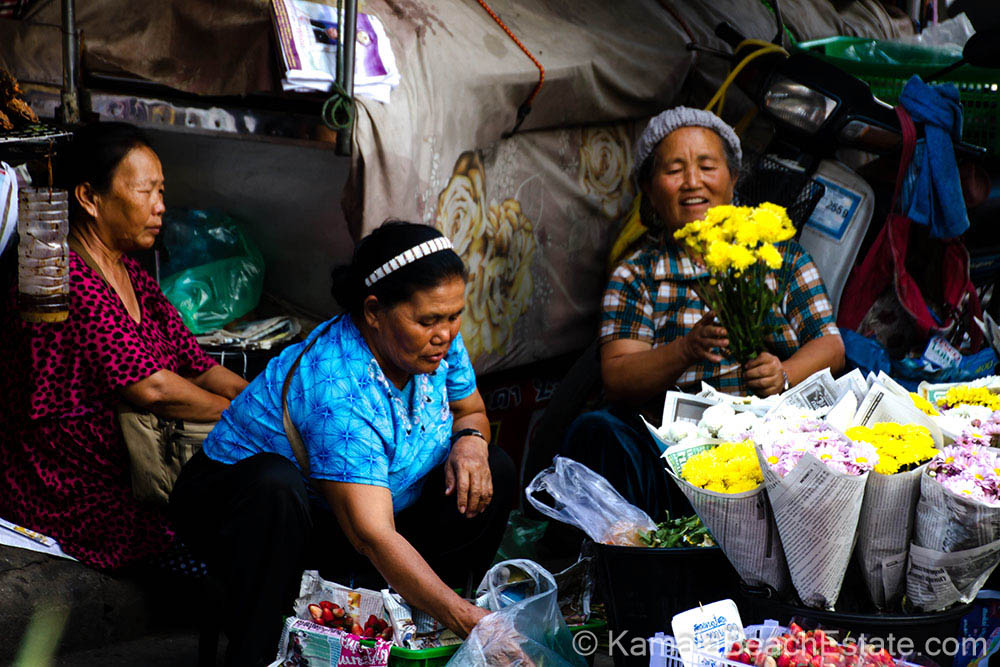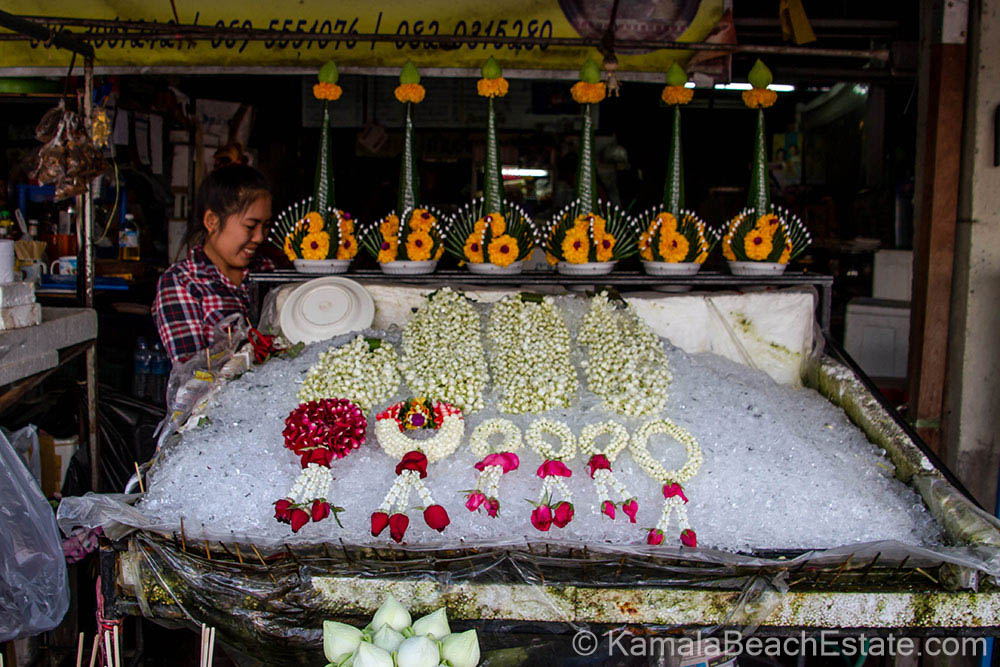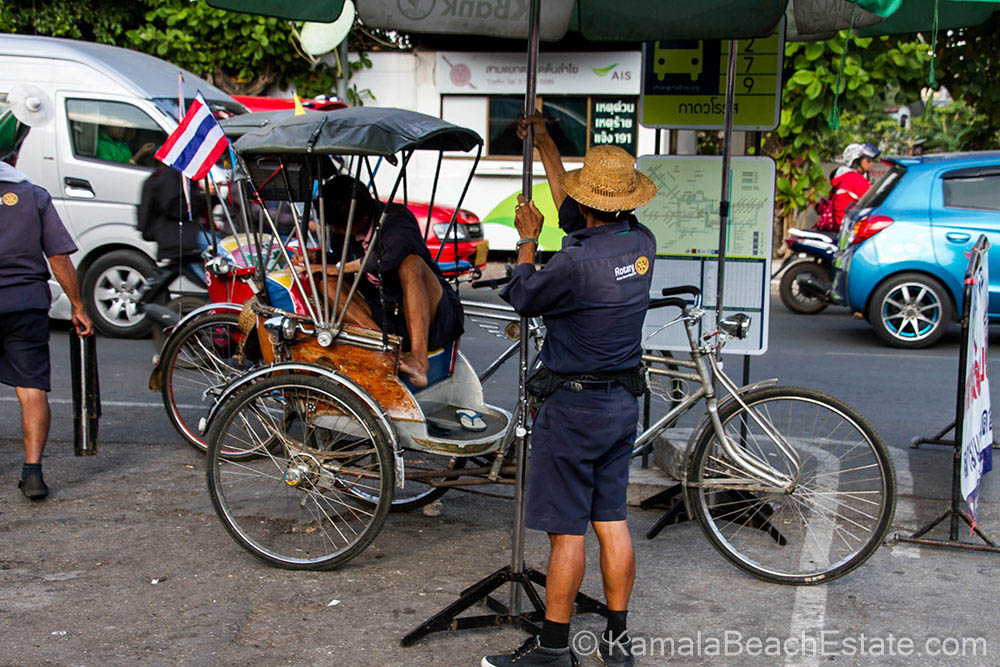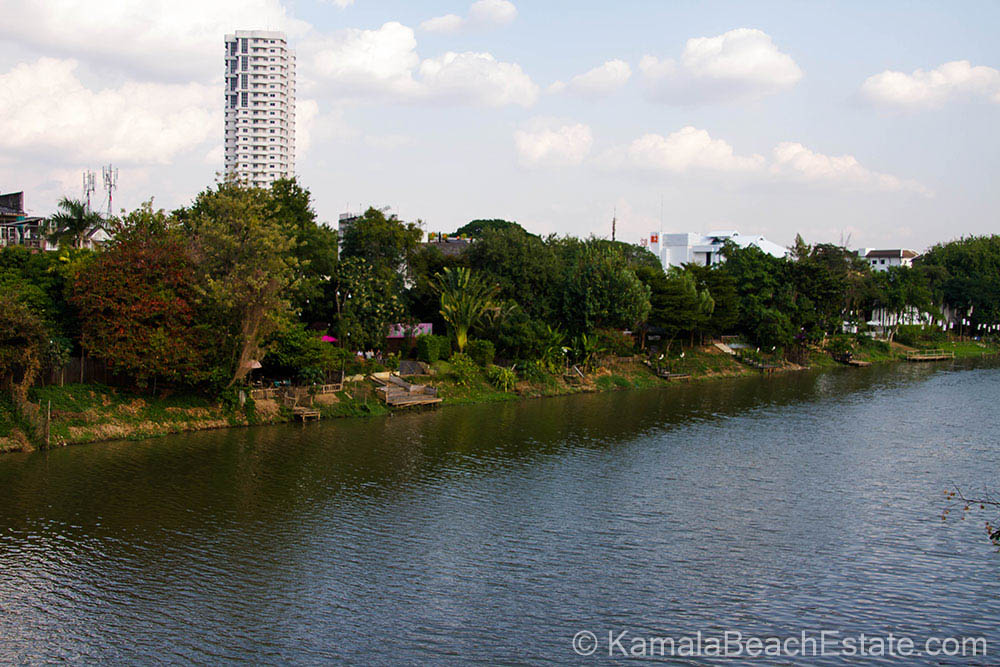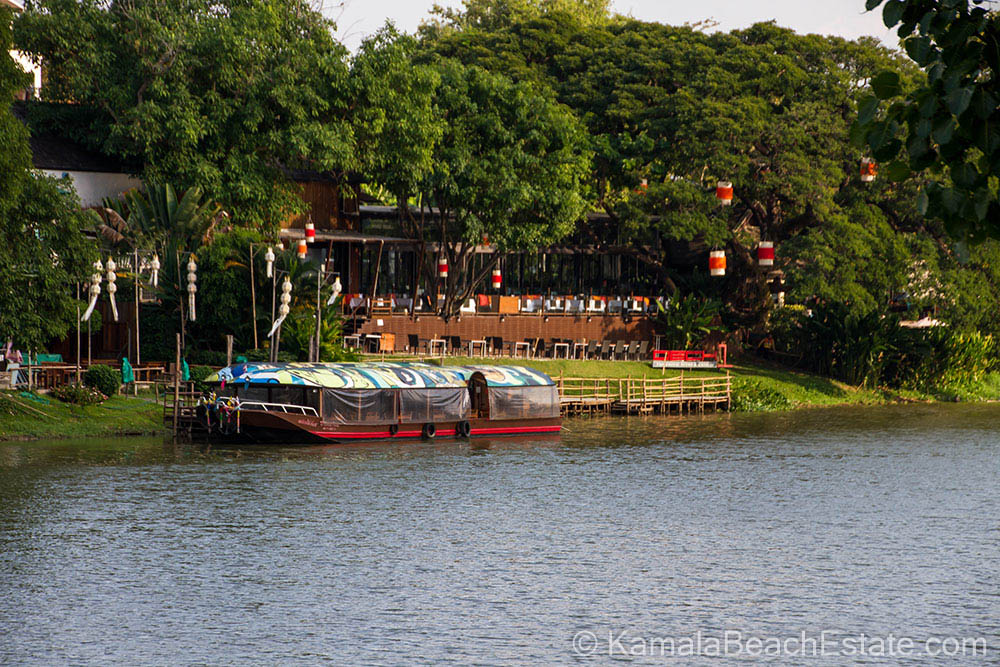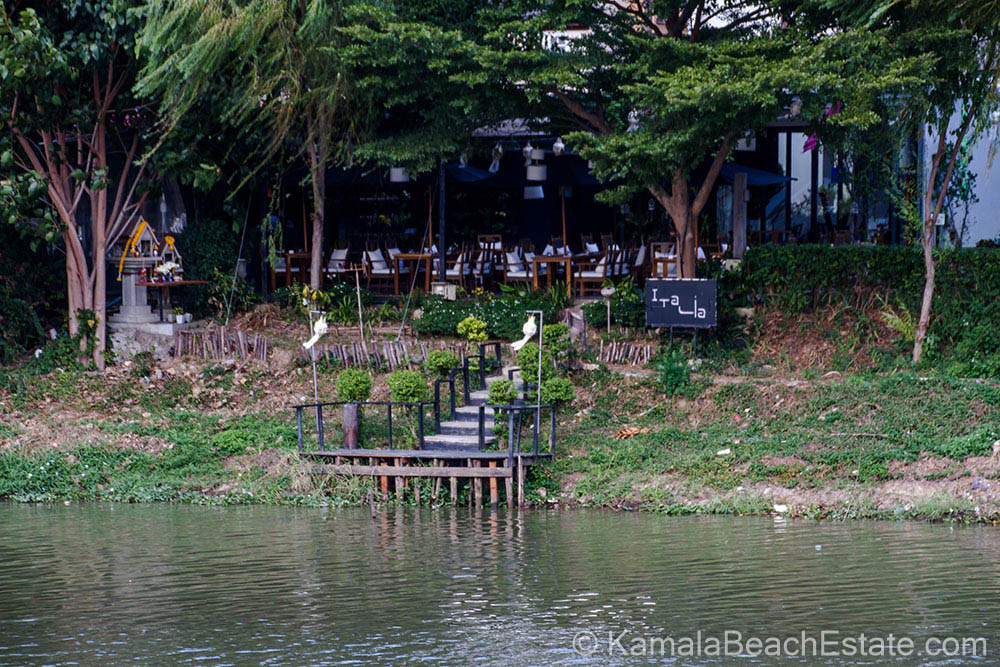Chiang Mai Chinatown in Northern Thailand
Chiang Mai’s Chinatown is one of the city’s most culturally rich and dynamic districts.
Located along the banks of the Ping River, just outside the old city walls, this vibrant area offers an eclectic mix of history, cuisine, and shopping, all within the backdrop of traditional Chinese influences blended seamlessly with Thai culture. For travelers seeking to uncover the multifaceted soul of Chiang Mai, Chinatown is a must-see destination that brings together the past and present in a way few other places in Thailand can. Whether you’re a history buff, a foodie, or simply curious, this article will guide you through the best of Chiang Mai’s Chinatown.
A Journey Through Chiang Mai’s Chinatown: What You Can’t Miss
What is the History Behind Chiang Mai’s Chinatown?
Chiang Mai’s Chinatown is not just a market but a vibrant community that has been growing for centuries. Like many Chinatowns around the world, its roots date back to the late 19th century, when Chinese immigrants from provinces like Guangdong and Fujian settled here. Originally drawn by trading opportunities along the Ping River, these Chinese communities gradually took root, becoming an integral part of the local economy and culture.
Through generations, Chiang Mai’s Chinatown has blossomed into a bustling center of commerce, culture, and history. Chinese immigrants brought with them business acumen, craftsmanship, and traditions, creating a multicultural melting pot that defines the area today. Walking through Chinatown is like stepping back in time, where old-world charm is still very much alive in its bustling markets and temples.
Where is Chiang Mai’s Chinatown Located?
Chiang Mai’s Chinatown sits just outside the old city walls, along the east bank of the Ping River. The main gateway into this lively district is marked by the grand Chinese gate, a striking entrance adorned with red Chinese lanterns, leading visitors into a world rich with culture, history, and exotic aromas. The area extends along Wichayanon Road and spills into smaller alleyways, with the bustling Warorot Market at its heart, known locally as Kad Luang.
How to Experience the Bustling Warorot Market?
Warorot Market, the heart of Chiang Mai’s Chinatown, offers a truly authentic Thai-Chinese market experience. This market, which dates back to the late 19th century, has become a key landmark in Chiang Mai. As you enter, you’ll notice an array of goods—from traditional Chinese medicines to modern handicrafts. On the ground floor, you’ll find stalls selling dried fruits, herbs, and spices, while the upper floors are filled with fabrics, clothing, and household wares.
Exploring Warorot Market is like taking a sensory tour through Chiang Mai’s rich cultural heritage. The market is also renowned for its street food stalls, where you can indulge in local favorites like delicious stir-fries, dumplings, and more. Don’t miss the chance to try some delicious street food options—each bite is a celebration of Thai-Chinese fusion flavors that will delight your taste buds.
What Makes Chiang Mai’s Chinatown Unique?
Unlike the often chaotic Chinatowns found in major cities like Bangkok, Chiang Mai’s Chinatown retains a more laid-back, community-centric atmosphere. Here, you can meander through narrow aisles and alleyways while being enveloped by the rich smell of incense burning at the many shrines that dot the area. One of the most prominent temples here is the Pung Thao Kong Shrine, a Confucian temple dedicated to an ancient Chinese warrior deity, offering a serene escape amidst the bustling streets.
The area’s traditional Chinese architecture and its strong connection to Chiang Mai’s past make it stand out as a truly unique cultural gem. From the vibrant orchid displays in the nearby flower market to the intricate carvings of the local wat (temples), every corner of Chinatown has something fascinating to discover.
What Are the Best Temples to Visit in Chiang Mai’s Chinatown?
Chiang Mai’s Chinatown is home to several Chinese and Thai temples that serve as both spiritual centers and historical landmarks. Among the most famous is Wat Gate, located just a short walk from the river, which is a beautiful blend of Chinese and Thai religious influences. Additionally, the aforementioned Pung Thao Kong Shrine offers visitors a glimpse into the Confucian practices of Chiang Mai’s Chinese community. Each temple is adorned with lanterns, carvings, and statues that highlight the shared cultural legacy between the two nations.
How Does the Ping River Connect to Chiang Mai’s Chinatown?
The Ping River, which runs adjacent to Chinatown, has been a lifeline for commerce and trade in Chiang Mai for centuries. It was along this river that Chinese immigrants first arrived in the region, and today, it remains a vital part of the city’s identity. Take a leisurely stroll along the riverbanks, where you can enjoy a serene escape from the busy streets or even hop on a dinner cruise to enjoy a scenic view of the city illuminated at night.
What Can You Buy in Chiang Mai’s Chinatown?
Chinatown is a shopper’s paradise. From intricate jewellery and traditional handicraft to modern souvenirs and household items, the area is a treasure trove of goods. The market offers an array of goods, including traditional Chinese medicines, fabrics, and religious items. You’ll also find stalls selling all kinds of curios, from hand-woven baskets to souvenirs that reflect the rich blend of Thai and Chinese cultures.
What Culinary Delights Can You Expect?
Chiang Mai’s Chinatown is a food lover’s dream. Beyond the typical Thai street fare, the area boasts a wide variety of delicious street food options inspired by Chinese cuisine. Vendors sell freshly steamed buns, grilled meats, and bowls of hot noodles right on the street. The mix of northern Thai flavors with authentic Chinese dishes creates a unique blend of flavors that is sure to tantalize your taste buds.
Why Visit the Cut Flower Market?
The nearby cut flower market on Warrorot Road is another must-see attraction. This vibrant marketplace is filled with fresh flowers such as lilies, orchids, and other blooms that are grown in the northern mountains of Thailand. The market is a beautiful spectacle of color and life, with vendors displaying everything from simple flower arrangements for the wat to elaborate offerings for religious ceremonies. The fragrance of jasmine and roses fills the air, making this a perfect place to pick up a floral souvenir.
How Has the Chinese Influence Shaped Chiang Mai’s Culture?
Chiang Mai’s Chinatown stands as a testament to the deep connection between the Chinese immigrant community and the city itself. Over the generations, the Chinese have played a pivotal role in shaping Chiang Mai’s economy, particularly through markets like Warorot. Today, their influence can be seen in everything from local festivals to the vibrant markets that draw both locals and tourists alike.
Summary of Key Points:
- Chiang Mai’s Chinatown is a rich tapestry of Chinese and Thai cultures, offering everything from bustling markets to tranquil temples.
- Located along the Ping River, this district is a must-visit for anyone exploring Chiang Mai.
- Don’t miss Warorot Market, where you can find everything from street food to traditional Thai-Chinese goods.
- The area is home to several important temples, including the Pung Thao Kong Shrine and Wat Gate.
- A stroll along the Ping River offers a peaceful escape from the busy streets of Chinatown.
- Chiang Mai’s Chinatown is a culinary hotspot, known for its diverse street food offerings and authentic Chinese dishes.
- The cut flower market on Warrorot Road is a visual and fragrant feast, showcasing the beauty of Chiang Mai’s floral exports.

